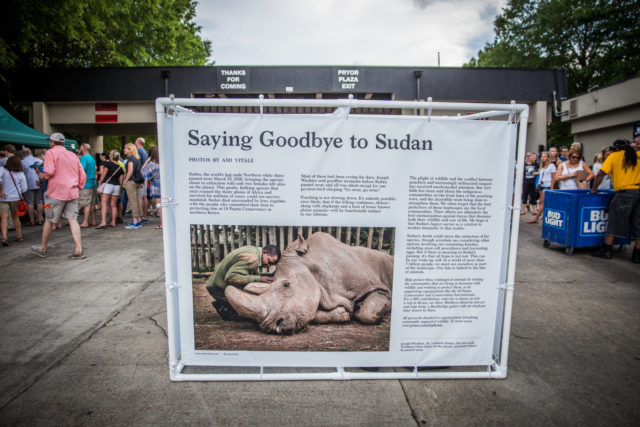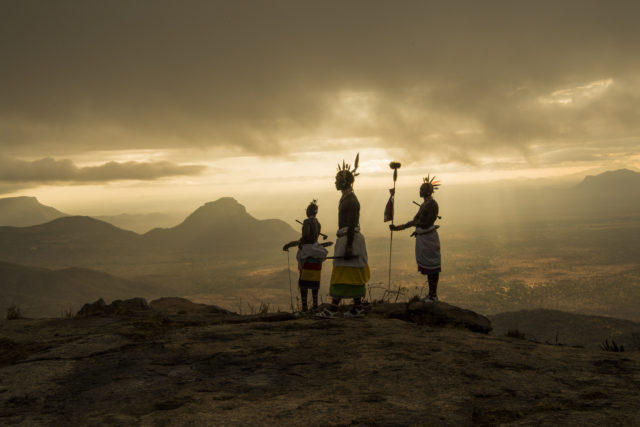I’m humbled and honored to be among the nominees for the 2018 World Press Photo awards for my National Geographic story “Warriors Who Once Feared Elephants Now Protect Them.” Thank you to all my friends at Reteti Elephant Sanctuary Community United for Elephants for trusting me to share your powerful story, to my editors Alexa Keefe and Sarah Leen for giving us the platform to share it and now to World Press Photo, for further casting the light on this important story of community and conservation.
I was awarded a World Press Photo, Second Place, Nature, stories, in 2017 for “Pandas Gone Wild.” In 2015, I received a Second Place, Singles, award in the World Press Photo Nature category for Orphaned Rhino, which is also from my body of work on Northern Kenya, like this year’s prize. This work is a long term examination of the change in the relationship between people and animals in the region.
In the photo above, Joseph Lolngojine, a Samburu warrior turned elephant caretaker, watches over Kinya. Moments after this photo was taken, it was decided to bring her to the sanctuary to try to save her life.
Please have a look all of the World Press Photo stories. Some will break your heart, others may make you laugh and hopefully inspire all of us to work harder to find solutions to our planet’s most pressing challenges. This year, World Press Photos will announce the winners at the Awards Show in Amsterdam on April 12, 2018.
Shortlisted for the main prize are five photographers, Patrick Brown, Adam Ferguson, Toby Melville, Ronaldo Schemidt and Ivor Prickett with Prickett nominated for two separate images shot in Mosul. World Press Photo launched a new code of ethics for entrants, which means that images submitted to the prize have been thoroughly checked before the shortlists have been announced.



